Beckhoff TwinCAT series: setting standards in PC-based automation
The Beckhoff TwinCAT series revolutionizes industrial automation through PC-based technology, real-time capabilities and open architecture. The modularity enables scalable adaptation to different requirements, while the TwinCAT Engineering Environment provides an easy-to-use platform for efficient engineering. With applications ranging from factory automation to Industry 4.0, the series represents the future of automation technology.

The Beckhoff TwinCAT series is undoubtedly a revolution in the world of PC-based automation solutions. This extensive information report takes a closer look at the excellent features, applications and future prospects of this groundbreaking series from Beckhoff Automation.
1. PC-based automation technology: the technology of the future
The TwinCAT series is distinguished by the use of PC-based control technology. The integration of industrial PCs enables unprecedented flexibility and computing power. This approach not only opens up new possibilities for precise control functions, but also paves the way for the implementation of powerful software solutions.
2. Open architecture and maximum programming freedom: freedom of design
An impressive feature of the TwinCAT series is its open architecture. This architecture offers engineers and developers maximum programming freedom. The series supports a variety of programming languages, including IEC 61131-3, C++ or MATLAB/Simulink. This flexibility makes it possible to create tailor-made control applications that meet individual requirements.
3. Real-time capabilities and precision: when every millisecond counts
A striking feature of the TwinCAT series is its impressive real-time capabilities. With extremely short cycle times and deterministic behavior, this series is particularly suitable for applications where maximum precision and fast response times are essential. This makes them the preferred choice in applications where every millisecond counts.
4. Integrating robotics and IoT: creating connections that shape the future
The TwinCAT series is not limited to conventional control functions. It also enables the seamless integration of robotics and the integration of IoT concepts. This means users can create highly flexible and connected production environments that meet the demands of Industry 4.0.
5. Scalability and modularity: Adapt to every challenge
The modularity of the TwinCAT series is an invaluable advantage. This makes it easy to scale up from small to large automation systems. The integration of different modules and seamless communication with other automation components make the series extremely flexible and adaptable.
6. TwinCAT Engineering Environment: the control center of innovation
The TwinCAT Engineering Environment is the control center where innovations are created. This user-friendly platform offers engineers an intuitive environment for programming, commissioning and maintaining TwinCAT systems. The visualization of processes and integrated diagnostics support engineers in working efficiently and goal-oriented.
7. Application examples: From theory to practice
The TwinCAT series is used in a variety of applications. From factory automation to robotics applications to complex IoT implementations, the series has proven its versatility across industries.
8. Future prospects: the TwinCAT series in the Industry 4.0 era
The Beckhoff TwinCAT series is not only an answer to the challenges of the present, but also a key component in the future of industrial automation. The integration of powerful PCs, open architecture and real-time capabilities positions the series as a key player in the era of Industry 4.0.
Beckhoff TwinCAT Series – Shaping the future of automation
The Beckhoff TwinCAT series sets the standard in PC-based automation technology. From the integration of high-performance computing to the openness to innovative programming approaches, the series provides a versatile and powerful platform for automation solutions. With TwinCAT, Beckhoff has bridged the gap between the performance of PCs and the requirements of industrial control technology. This series has not only transformed the present, but is also actively shaping the future of automation technology.



